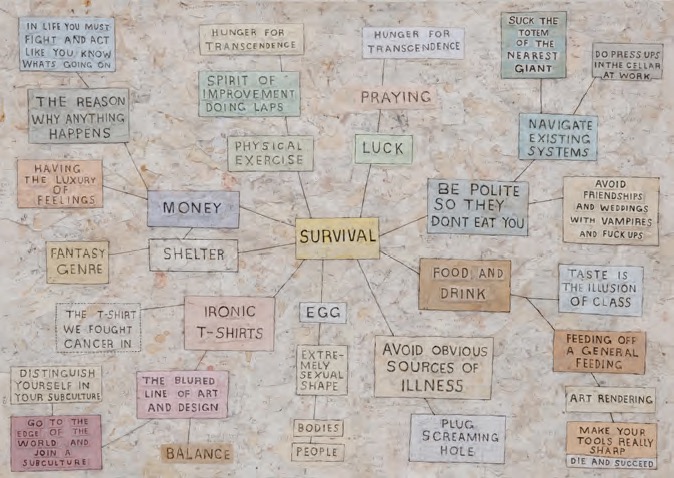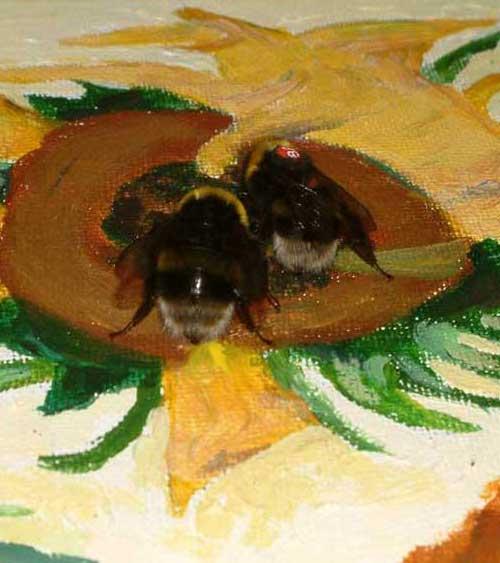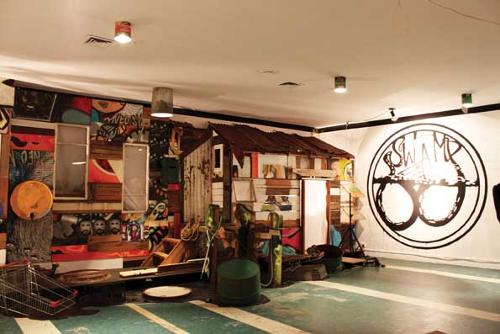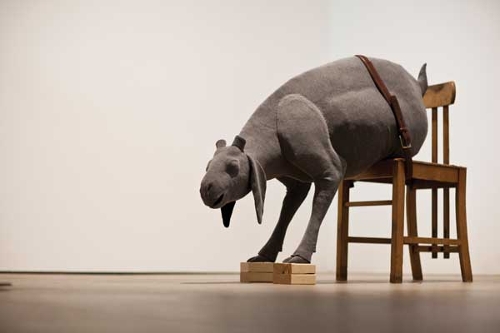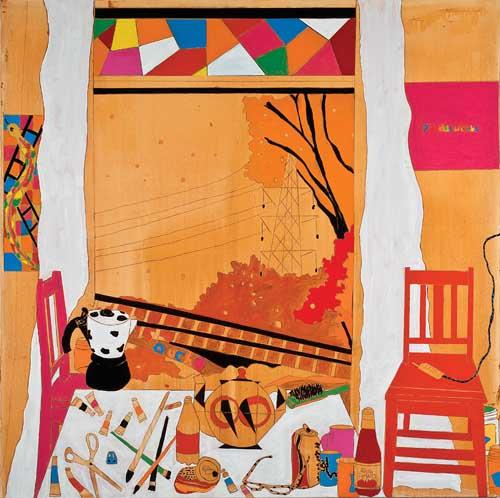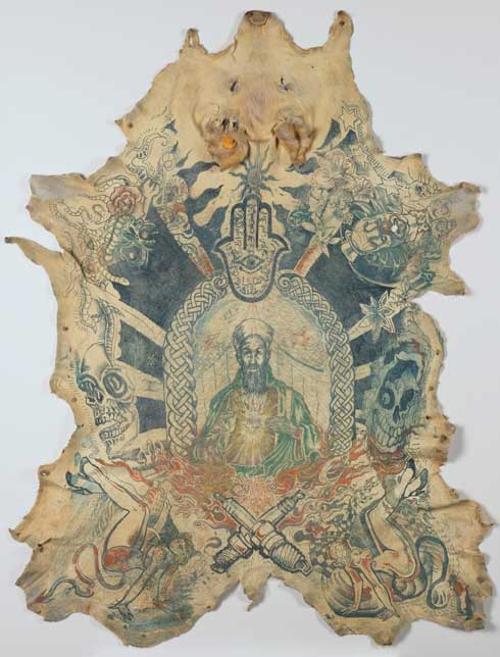
In its twelfth incarnation this year, the Istanbul Biennial has become one of the world's more significant art events. Last year’s European Capital of Culture, Istanbul possesses a rich, turbulent history and a unique geographical position, being the only city to straddle two continents. This instalment’s curators, Adriano Pedrosa and Jens Hoffmann, both relatively young, originate from South and Central America respectively. The influence of their backgrounds is felt in their choice of artists and themes; as well as featuring numerous Turkish and Middle Eastern artists, the Biennial showcases a significant number of Latin American artists’ work, while the late Cuban-American artist, Félix González-Torres, has inspired its title and themes.
Pedrosa and Hoffmann have departed from the typical biennale formula in numerous ways - most importantly, they decided not to disperse the artworks throughout the city, but rather to hold them in a specific location, in Antrepo (literally, 'warehouse’) 3 and 5, located adjacent to the Istanbul Modern Art Gallery in Tophane. Further, they commissioned the Office of Ryue Nishizawa to make site-specific interior exhibition spaces that reflect the city’s forms and layout as well as González-Torres’ visual aesthetic. It’s a playful experience weaving through these corrugated-walled rooms – there are alleyways, thoroughfares, and rooms jutting off in different directions – which is reminiscent of traversing the city itself. (Moreover, the artworks are enriched by the viewer’s movement through the space.) Pedrosa and Hoffmann also decided to keep as much information about the event – in particular, the list of featured artists – a secret prior to its opening.
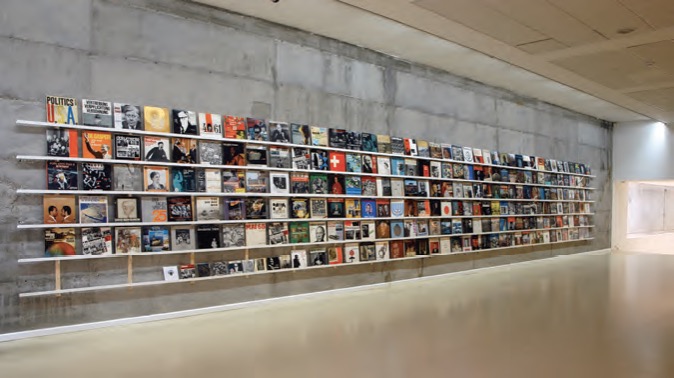
All of this was aimed to heighten the experience of the art itself: to give more prominence to the artworks’ formal and thematic content. The Biennial’s stated aim is to explore "the rich relationship between art and politics”, and thus González-Torres, whose work brought together a sophisticated formal aesthetic with pressing societal issues, is an apt starting point. González-Torres’ tendency to name his works "Untitled” followed by a description in parentheses is used throughout – in the Biennial’s overall title and in its five themes: Untitled (Abstraction), “Untitled” (Ross), “Untitled” (Passport), Untitled (History), and “Untitled” (Death by Gun). Each theme – which is reflected in the five group exhibition spaces, and then explored in more depth in the 50-odd solo exhibitions – relates to a specific artwork by González-Torres (which is described but not shown).
As the titles indicate, the artworks selected and commissioned evoke themes of space, identity, sexuality, urbanity, migration, violence, and loss. While these are universal themes, many of the artworks (in particular, those in the solo exhibitions) are personal, nuanced, and intimate pieces that evoke private (and sometimes devastating) stories – either of the artist, or of someone whom, or somewhere that they researched in great detail. Enhancing this sense of the personal is the remarkable amount of photography and drawing on display, and in turn, the works’ small scale. There are less of the large, spectacular installations that one usually associates with biennales and fewer video/sound works on display (although there are some excellent videos, including Wael Shawky’s Cabaret Crusades: The Horror Show File 2010, and Akram Zaatari’s Tomorrow Everything Will Be Alright 2010).
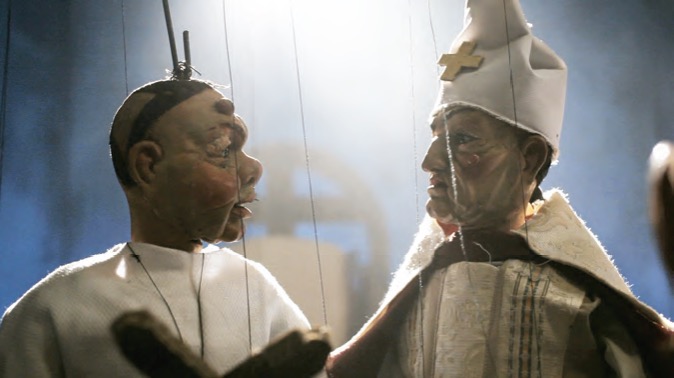
There are also numerous fascinating archives on show – in many differing manifestations (photographs, books, papers, LPs, letters, etc.) – and some exemplars include Marwa Arsanios’ All about Acapulco (2010), Danni Gal’s Historical Record Archive (2005 – ongoing), and Group Material’s AIDS Timeline (1989). Given the Biennial’s overarching theme, it is unsurprising that many of the works are imbued with sadness, loss, and/or anger; however, some are also witty, playful, and quirky, among them Jonathas de Andrade’s Tropical Hangover (2009), Julieta Aranda’s There Has Been a Miscalculation (2007/2011), and Simon Evans’ numerous collaged drawings.
Thus, unlike many other biennales, where the themes are often loose and vague, this is a tightly curated and thought-out show. However, because of this, it sometimes veers into the dangerous territory of being too literal, too illustrative – too neatly compartmentalised. There’s a sense of earnestness that can, at times, feel somewhat naïve; this comes across more so in the group shows than the solo shows. Further, some of the signage, labelling, and hanging seems a bit rushed and poorly executed. However, the official catalogue that accompanies the biennial is fantastic – it provides well-articulated curatorial rationales, poetically explores each theme, and includes a short interview with each of the solo artists. Overall, the Biennial is a success; it offers a thought-provoking collection of important works (both historical and contemporary) from artists who are well-informed to make art inspired by the turbulent, political nature of our existence.
